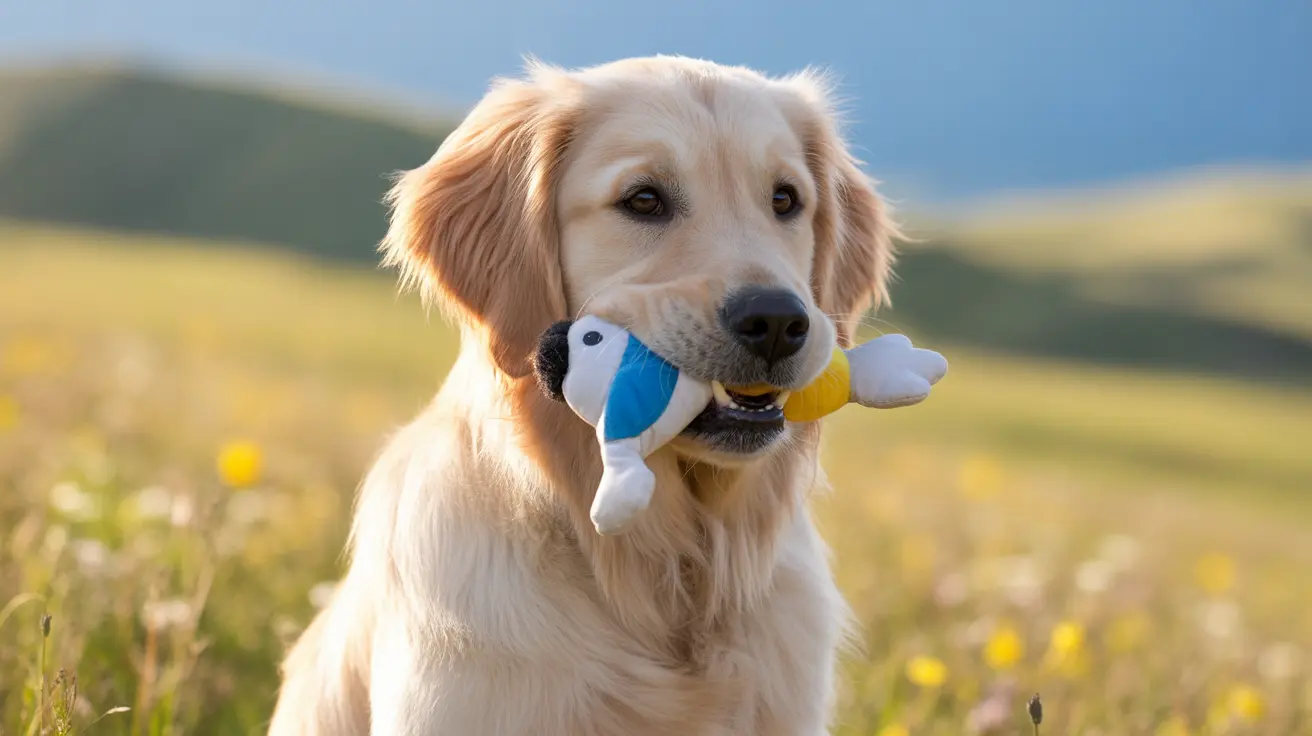Golden Retrievers are beloved family pets known for their gentle nature, but many owners wonder about their bite force and what it means for safety. This comprehensive guide explores the facts about Golden Retriever bite force, how it compares to other breeds, and what this means for potential and current owners.
The Science Behind Golden Retriever Bite Force
Golden Retrievers typically possess a bite force ranging from 150 to 250 pounds per square inch (PSI). This measurement places them in the moderate range among dog breeds, significantly stronger than the average human bite force of 100-162 PSI, but considerably lower than breeds specifically developed for guarding or protection.
Several factors influence a Golden Retriever's bite force, including:
- Jaw muscle strength and development
- Overall size and build
- Age and health condition
- Individual genetic variations
Comparing Bite Forces: Where Golden Retrievers Stand
To put Golden Retrievers' bite force in perspective, here's how they compare to other popular breeds:
Protection Breeds
- Kangal: 743 PSI
- Cane Corso: 700 PSI
- Rottweiler: 328-330 PSI
- German Shepherd: 238-360 PSI
Family Dogs
- Golden Retriever: 150-250 PSI
- Labrador Retriever: Similar to Golden
- Standard Poodle: Lower than Golden
Safety and Temperament Considerations
Despite having a considerable bite force, Golden Retrievers are renowned for their exceptional temperament. Their gentle nature and high trainability make them one of the safest breeds for families. This combination of moderate bite strength and excellent disposition contributes to their popularity as therapy dogs and family companions.
Important safety factors include:
- Early socialization
- Proper training
- Regular exercise
- Positive reinforcement
- Adequate veterinary care
Training and Bite Prevention
While Golden Retrievers rarely exhibit aggressive behavior, responsible ownership includes proper training and understanding of bite prevention. Focus on:
- Teaching bite inhibition during puppyhood
- Maintaining consistent training routines
- Recognizing stress signals
- Providing appropriate socialization
- Using positive reinforcement techniques
Breed-Specific Traits and Handling
Golden Retrievers were bred as hunting companions, specifically for retrieving waterfowl. This heritage contributed to their "soft mouth" ability - the capacity to carry items gently without causing damage. This trait, combined with their moderate bite force, makes them excellent family pets.
Frequently Asked Questions
How strong is a Golden Retriever's bite compared to other dogs and humans?
A Golden Retriever's bite force (150-250 PSI) is stronger than a human's (100-162 PSI) but significantly lower than protection breeds like the Kangal (743 PSI) or Rottweiler (328-330 PSI).
Can a Golden Retriever's bite cause serious injury, and what makes their bite force unique?
While Golden Retrievers possess enough bite force to cause injury, their gentle temperament and "soft mouth" breeding make serious biting incidents extremely rare. Their bite force is uniquely moderated by their bred-in tendency to handle objects gently.
What factors affect a Golden Retriever's bite force, and does size or training make a difference?
Bite force is influenced by physical factors like size, jaw structure, and muscle development, as well as age and health. While training doesn't affect maximum bite force, it significantly influences how and when a dog might use it.
Are Golden Retrievers likely to bite, and what situations might trigger aggressive behavior?
Golden Retrievers are among the least likely breeds to bite aggressively. However, like any dog, they may bite if feeling threatened, in pain, or protecting resources. Proper training and socialization significantly reduce these risks.
How does a Golden Retriever's bite force relate to their reputation as a gentle family pet?
Despite having a moderate bite force, Golden Retrievers' reputation for gentleness comes from their temperament, not their physical capabilities. Their breeding for soft mouth retrieval and friendly disposition makes them excellent family companions regardless of bite force potential.






